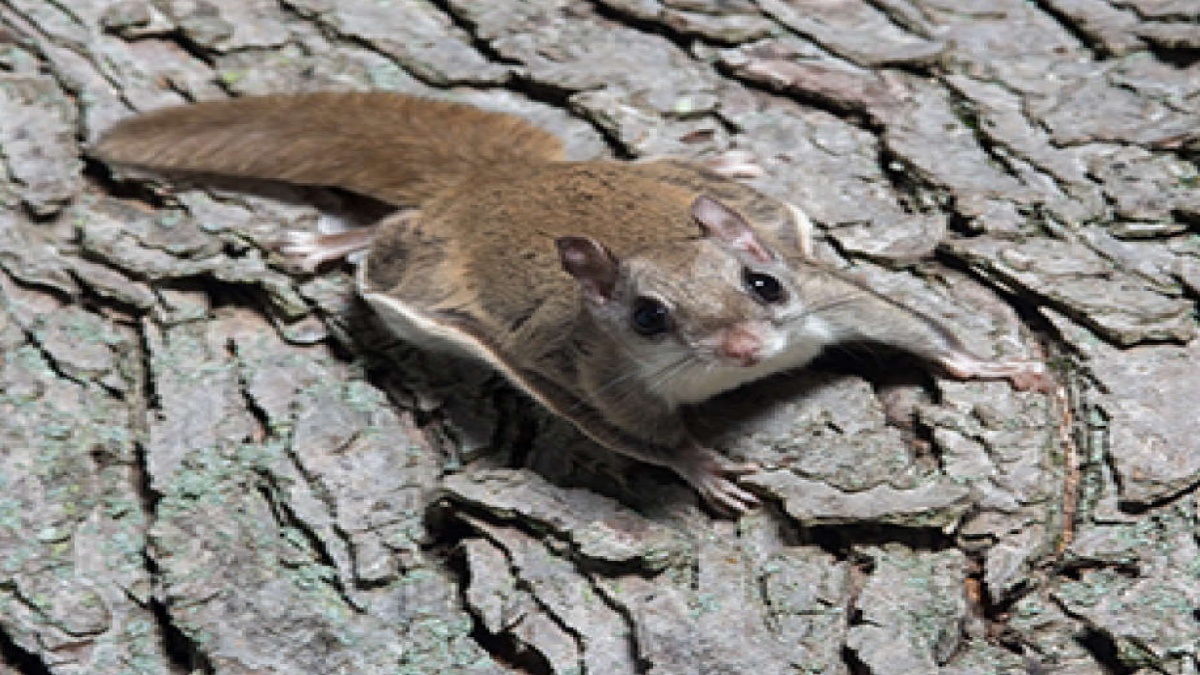Forest Department conducted a statewide Study to see the presence of flying squirrels in the state. It has been now established that Uttarakhand is also home to five species of flying squirrels out of 13 flying squirrels found in India. These are: Kashmir flying squirrel (Spotted 25 years ago in Ranikhet), Woolly flying squirrel (Spotted 20 years ago in Pakistan), Indian giant flying squirrel, red giant flying squirrel, and White-bellied Flying squirrel.
The study was conducted across the state between October 2020 and July 2021. It is claimed by the authorities that it is the first such study conducted by any forest department of the country.
The study aims to understand theirs’ habitat, distribution, threats and also chalking out the conservation strategy. Six different sites— Ranikhet, Devprayag, Ranichauri, Deoban, Govind Wildlife Sanctuary, and Bhaironghati— were selected and data were recorded on various parameters like forest composition, physical appearances, nesting behavior, gliding distance, activities/behavioral patterns, etc.
“Among all five species, the red giant flying squirrel was spotted most frequently in different habitats while maximum sighting of the squirrel was reported from the Tehri Forest division”, said Sanjiv Chaturvedi, CCF Research wing, Uttarakhand forest department.
“India is home to 13 species of flying squirrels and 5 of them are present in Uttarakhand as our findings. It is time we conserve their habitat which is under threat due to multiple reasons ranging from deforestation, wildfires, urbanization. A conservation strategy needs to be formulated to save them from the adverse impact of changing atmosphere,” said Jyoti Prakash, junior research fellow of the research wing of the Uttarakhand forest department.























